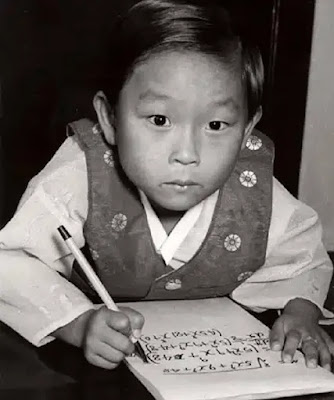Tutankhamun's Tomb
 |
| Howard Carter examines the mummy of a pharaoh for the first time. |
The discovery of Tutankhamun's tomb in 1922 is one of the most significant archaeological finds in history. The tomb belonged to the pharaoh Tutankhamun, who ruled Egypt during the 18th Dynasty of the New Kingdom period (around 1332-1323 BCE). The unbroken seal on the tomb, which had remained untouched for over 3,000 years, added an extraordinary element of mystery and excitement to the discovery.
The exploration of the tomb was led by British archaeologist Howard Carter, who had been excavating in the Valley of the Kings, near Luxor, Egypt, since 1915. After years of searching, Carter's team discovered the entrance to the tomb on November 4, 1922.
The unbroken seal on the tomb indicated that it had not been opened or looted in ancient times, raising hopes that it might contain a wealth of undiscovered treasures and artifacts. This was a rare find, as most royal tombs in Egypt had been plundered by tomb robbers in antiquity
When Carter and his team entered the tomb, they found it filled with an astonishing array of artifacts, including furniture, chariots, weapons, clothing, and, most notably, the sarcophagus containing Tutankhamun's mummified remains. The burial chamber was adorned with elaborate wall paintings and contained numerous treasures, including the famous gold mask that covered the pharaoh's mummy.
The discovery of Tutankhamun's tomb captivated the world, as it provided a remarkable glimpse into the life and riches of an ancient Egyptian pharaoh. It also shed light on the funerary practices and beliefs of the time. The artifacts and treasures found in the tomb offered valuable insights into the art, craftsmanship, and religious rituals of ancient Egypt.
The tomb's intact seal and the pristine condition of its contents made the discovery even more extraordinary. It allowed archaeologists and historians to study the tomb and its contents in their original context, providing a wealth of information about Tutankhamun's reign and the cultural and historical context of ancient Egypt during the 18th Dynasty.
The excavation and subsequent study of Tutankhamun's tomb had a profound impact on Egyptology and the understanding of ancient Egyptian civilization. The artifacts found in the tomb are now displayed in the Egyptian Museum in Cairo, Egypt, and have been exhibited around the world, attracting millions of visitors and furthering our knowledge of this ancient culture.
 |
| The photo of the tomb |
 |
| Howard Carter opens the doors to Pharaoh's tomb. |
 |
 |
| Howard Carter examines the mummy of a pharaoh for the first time. |
 |
| Pharaoh's feet The foot of the left foot was severely turned inward; one of the toes was missing a bone; the bones of the foot itself were affected by necrosis - tissue necrosis. |
 |
| A simulated image of the pharaoh Tutankhamun created based on facial reconstructions made using computer scans of the pharaoh's mummy. |




Comments
Post a Comment